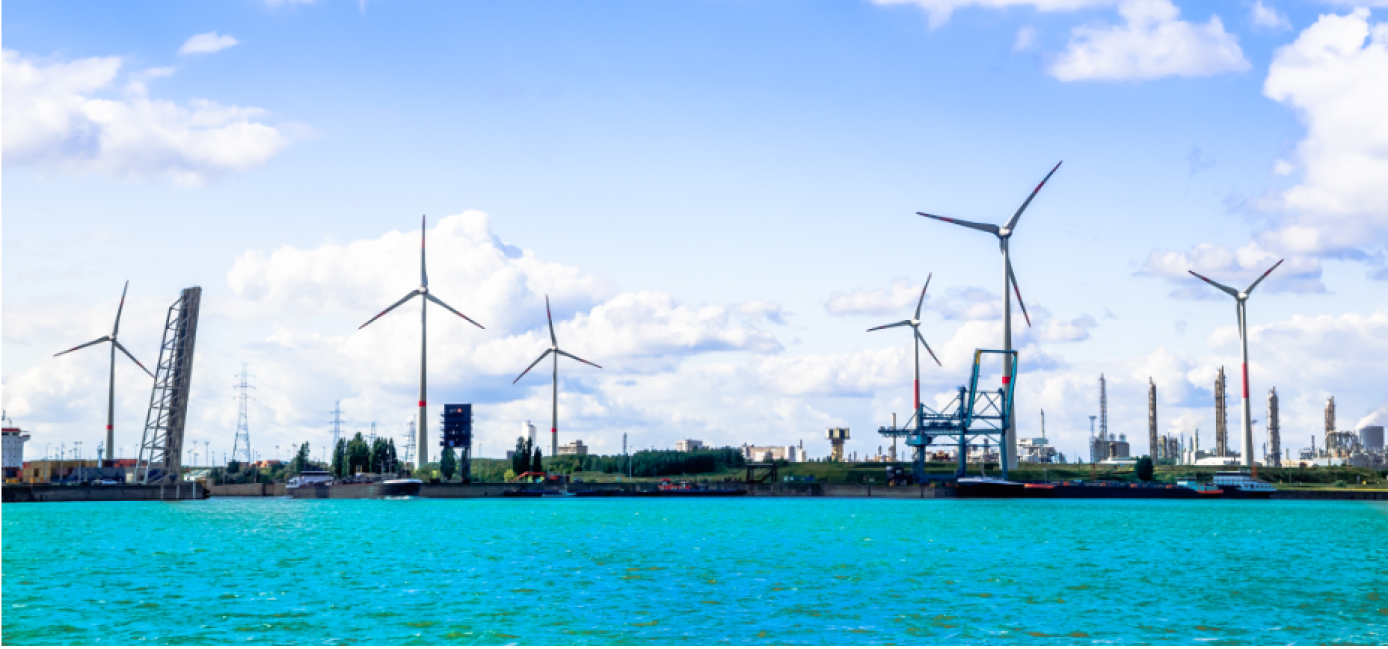
Long-awaited Delegated Act on low-carbon hydrogen voted in EU parliament
On 8 July 2025, the European Commission published a delegated act on low-carbon hydrogen, ahead of the 5 August 2025 deadline set by the Gas and Hydrogen Markets Directive. The act lays down the methodology for calculating greenhouse gas emissions across different hydrogen production pathways.
On Thursday (23 October), this Delegated Act (DA) has passed the EU Parliament Plenary. Two motions to reject the DA were voted down, following assurances from Energy Commissioner Dan Jørgensen that included grandfathering provisions, a commitment to technological neutrality, and a new methodology by end-2026 to integrate nuclear and non-renewable PPAs in hydrogen production.
The act stipulates that hydrogen can be classified as low-carbon if its full life-cycle greenhouse-gas emissions are at least 70 % lower than the fossil fuel comparator (i.e., less than roughly 28.2 g CO₂e/MJ).
The 70 % emissions savings threshold applies to blue hydrogen produced from natural gas using CCS technology, low-carbon electrolytic hydrogen produced by electrolysis using electricity from the grid, and hydrogen produced from methane pyrolysis. The delegated act aims to standardise the calculation of emissions savings by accounting for the full life-cycle emissions from producing low-carbon fuels, including indirect emissions, as well as upstream methane emissions and actual carbon capture rates. The act also introduces default emissions values for upstream methane and CO₂, and requires that imports of hydrogen comply with the same methodology as EU-domestic production.
Having now passed Parliament, the DA will head to the Council, where if no opposition emerges by 8 November, it will enter force.

